Leadership
Today, we celebrate the 4th of July in America, which resonates with the spirit of freedom and unity.
America is a beacon of hope; its vast and stunning landscapes and diverse communities are a testament to resilience and innovation.
For the Multifamily Collective Community, this day underscores our shared commitment to serving humans who touch the housing space in some way, shape, or form. From visionary city planners to developers to the onsite teams who run the day-to-day.
The American dream lives in every apartment we develop, every family we serve, and every community we uplift.
As we enjoy the fireworks and festivities, let’s remember the past, cherish the present, and look forward to a future of endless possibilities.
America’s greatness lies in its ability to dream big and achieve even bigger.
Share this:
Slicing Through Modern-Day Gordian Knots
Once, a knot was so intricate no one could untangle it. Only a future king could solve it. Alexander the Great sliced it with his sword, teaching us direct action is often the best solution.
Today’s “Gordian knots” are complex challenges in business, technology, or personal decisions.
How do we tackle them?
Like Alexander, apply bold, unconventional strategies to cut through the chaos.
Imagine a project deadlock.
Traditional methods have failed.
Thinking like Alexander could inspire a breakthrough here.
Instead of more analysis or meetings, redefine the problem.
Remove a key component that seems essential but complicates matters.
Complexity requires a bold hand, not a hesitant one.
This approach values decisive, courageous action.
The modern-day Gordian knot demands the wisdom to know when to cut through and when to untie.
Share this:
Lead by Example: The Secret to Transformative Leadership
Effective leadership drives opportunity and success.
Leaders who embody the values they preach inspire their teams.
Open communication builds trust.
It also fosters collaboration.
Team members feel valued.
And motivated.
When leaders lead by example, the entire organization benefits.
Great leaders don’t just tell you what to do; they walk beside you.
Share this:
The Power of Anonymous Feedback in Team Dynamics
Feedback is a gift.
Anonymity ensures honesty.
When team members know their input is anonymous, they share more freely.
Transparency in sharing results fosters trust and accountability.
Acting on feedback closes the loop, showing you value every voice.
"True team growth starts with honest, anonymous feedback and ends with decisive action." – Mike Brewer Share on XShare this:
Unlock Your Potential: Growth Mindset vs. Fixed Mindset
Your mindset shapes your destiny.
A growth mindset believes in endless possibilities.
Failures become education.
Every setback is a setup for a comeback.
But a fixed mindset traps you in a cycle of fear and stagnation.
You shy away from challenges, thinking you are not good enough.
Embrace growth, and you’ll find that your potential is limitless.
Mindset is the silent architect of your future.
Choose wisely, and watch your world expand.
Share this:
- « Go to Previous Page
- Page 1
- Interim pages omitted …
- Page 8
- Page 9
- Page 10
- Page 11
- Page 12
- Interim pages omitted …
- Page 47
- Go to Next Page »

